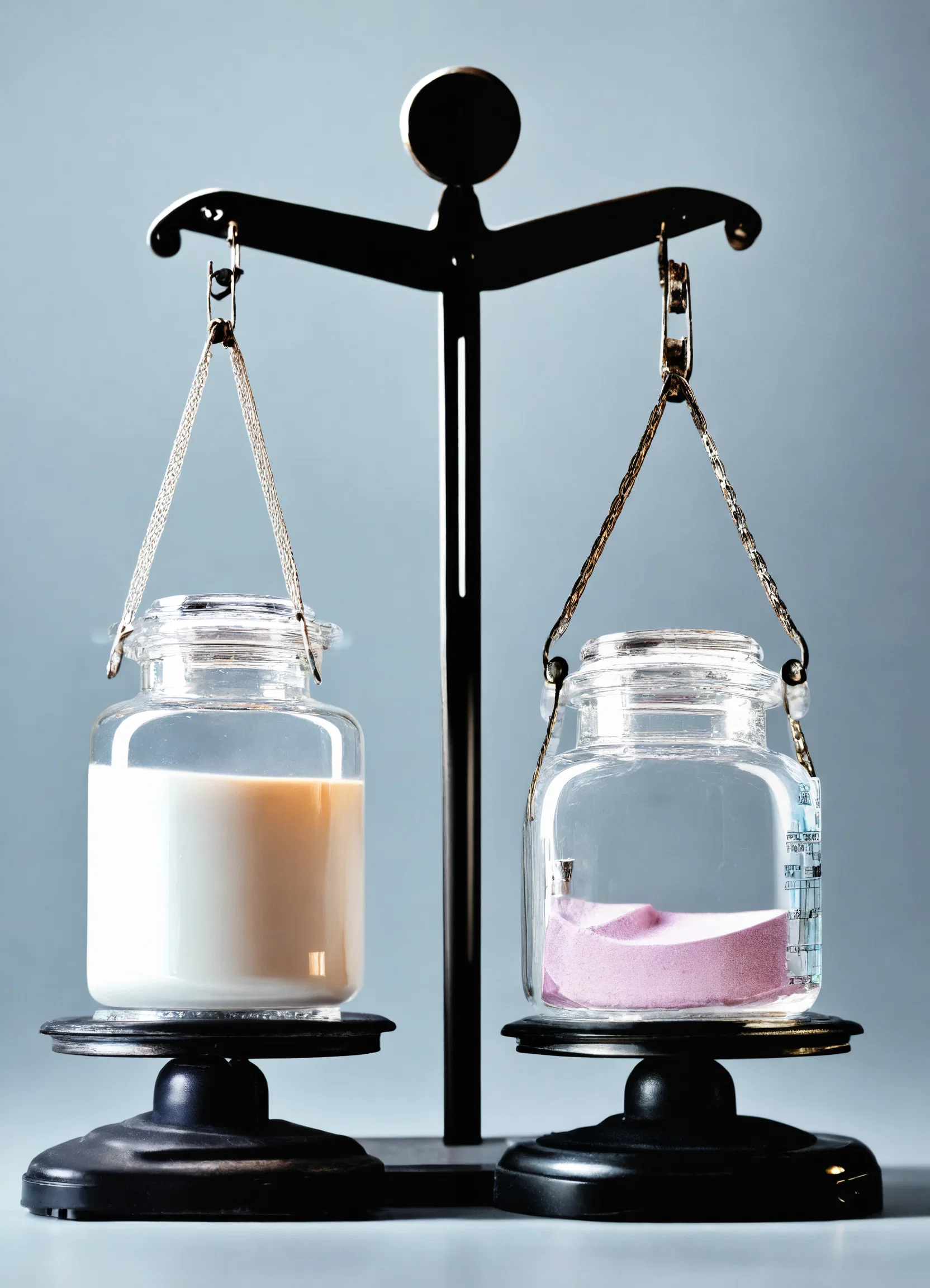It is quite possible to encounter the issue of combining these components without even thinking about it. The reason is simple: both retinol and niacinamide are suitable for normalizing acne-prone skin, and both are proven effective anti-aging ingredients. Therefore, even without understanding the formulations of your cosmetics, you might accidentally combine retinol and niacinamide in your routine.
You often hear opinions, even from some popular cosmetologists, that niacinamide and retinol should not be combined due to the high risk of excessive irritation.
Yes, indeed, a negative reaction is possible. However, niacinamide and retinol complement each other and are often found in significant concentrations within a single product.

Understanding the Combination
The issue often lies not in the individual product but in the incorrect combination of actives in your skincare routine. Many cosmetic users do not consider niacinamide as an active ingredient, which is a mistake. Not only does it have significant proven efficacy, but it can also cause irritation or dryness at high concentrations.
Combining Niacinamide and Retinol
The problem is not that niacinamide and retinol cannot be combined – they can, and even beneficially so. The combined effect of these actives on an individual’s skin depends on their concentrations. If retinol is encapsulated and its concentration in the product is 0.7-0.8% or less, and niacinamide is around 5% or less, this is generally a safe combination for most people with not very sensitive skin. Such a composition can be in one cream, or you can apply retinol in the evening and niacinamide in the morning. Each component here enhances the beneficial effect of the other.
However, with higher concentrations of active ingredients, such as 1% retinol and 10% niacinamide, the situation becomes more delicate. This combination can lead to negative reactions. In this case, when introducing retinol into your routine, you should temporarily stop using products with niacinamide, use retinol less frequently, and avoid applying niacinamide the morning after using retinol. If significant irritation occurs, stop using the niacinamide product. Set it aside and complete the retinol course calmly.
General Recommendation
My general policy is that you should ideally use no more than one highly concentrated irritating active ingredient in your regular routine at a time. Actives are not going anywhere; your entire skincare routine does not need to have “special effects.” Often, it is better to allow your cleanser to simply cleanse and your moisturizer to simply moisturize. I don’t understand the dismissive characterization: “Well, it’s just a good moisturizer.” That’s wonderful! Unlike various special effects, a good moisturizer is never redundant.
Combining niacinamide and retinol can be done effectively and safely with careful consideration of their concentrations and your skin’s response.


Leave a Reply